Ancient Egyptian Beef Shoulder
Metropolitan Museum of Art
Even for Egyptian royalty, the afterlife was bring-your-own-beef.
The mummified beef shoulder, likely of Prince Amenemhat. Public Domain
To prepare royals for their transition to the afterlife, ancient Egyptians preserved their corpses with ointments and other treatments before wrapping them in linen. Sometimes, they repeated this sacred process with their beef.
Gallery 109 in New York City’s Metropolitan Museum of Art is home to a 3,500-year-old, custom-made food vessel—a “beefcase,” if you will—that likely accompanied the young prince Amenemhat to his final resting place. The mummified cow’s shoulder excavated from a pharaonic site near Luxor, Egypt, is one of many “meat mummies” found nestled alongside the remains of high-born Egyptian figures. According to NPR, Tutankhamun was buried with multiple cases that housed joints from poultry and beef.
Community Contributors
Added by
Edited by
Published
September 17, 2019
Edit this listing
In partnership with KAYAK
Plan Your Trip
Order Atlas Obscura: Wild Life Today!
Venture into nature's unseen realms with our new book Wild Life. Explore hidden ecosystems & discover incredible species.
Order Now!

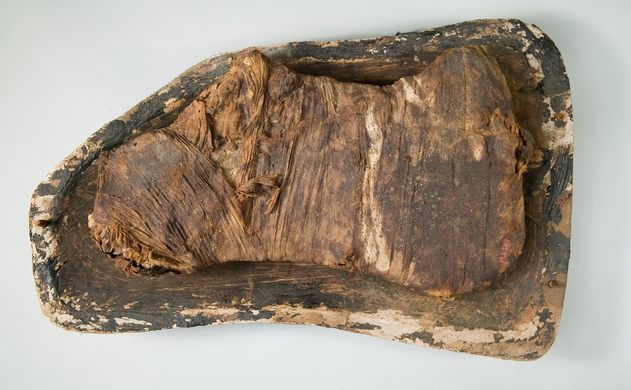



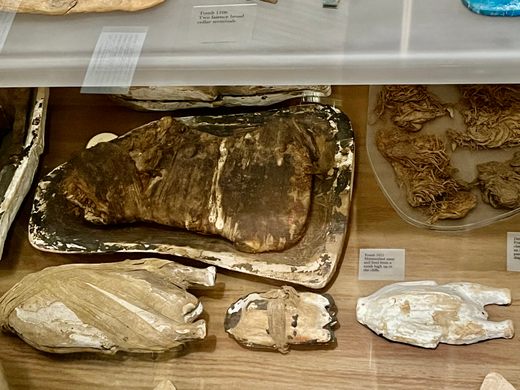
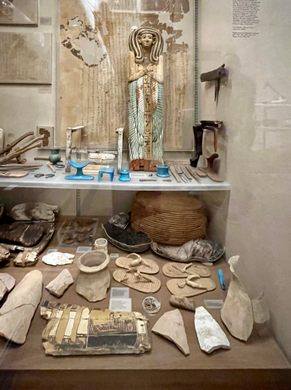









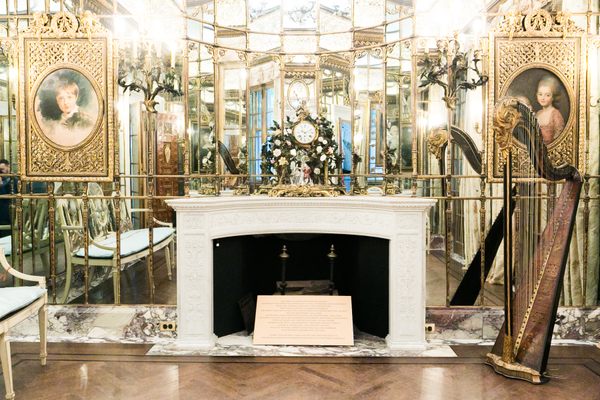
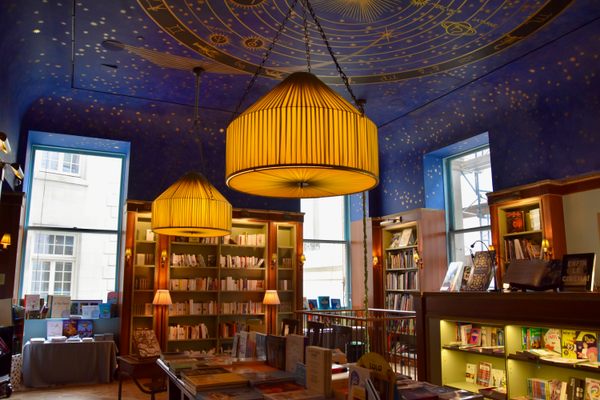
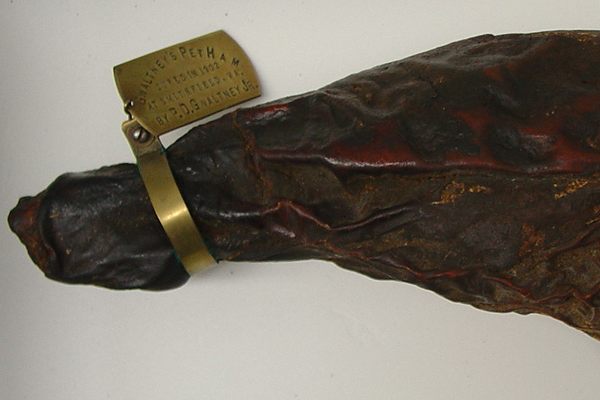
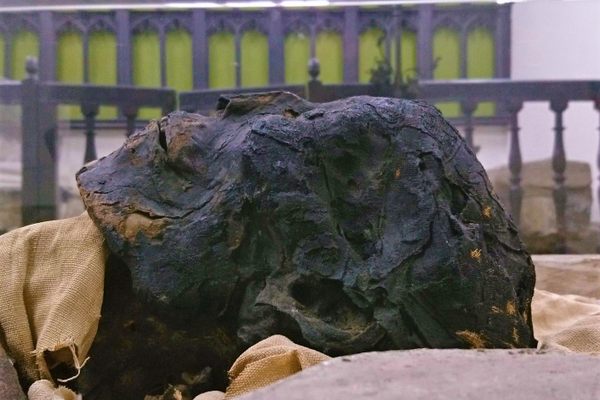




Follow us on Twitter to get the latest on the world's hidden wonders.
Like us on Facebook to get the latest on the world's hidden wonders.
Follow us on Twitter Like us on Facebook